When it comes to creating a truly stunning garden display, few flowers can rival the elegance and grandeur of trumpet lilies. With their towering stems, showy blossoms, and intoxicating fragrance, these majestic blooms are a favorite among garden enthusiasts. In this article, we will explore the captivating world of trumpet lilies, uncovering their characteristics, cultivation tips, and the sheer beauty they bring to gardens around the world.
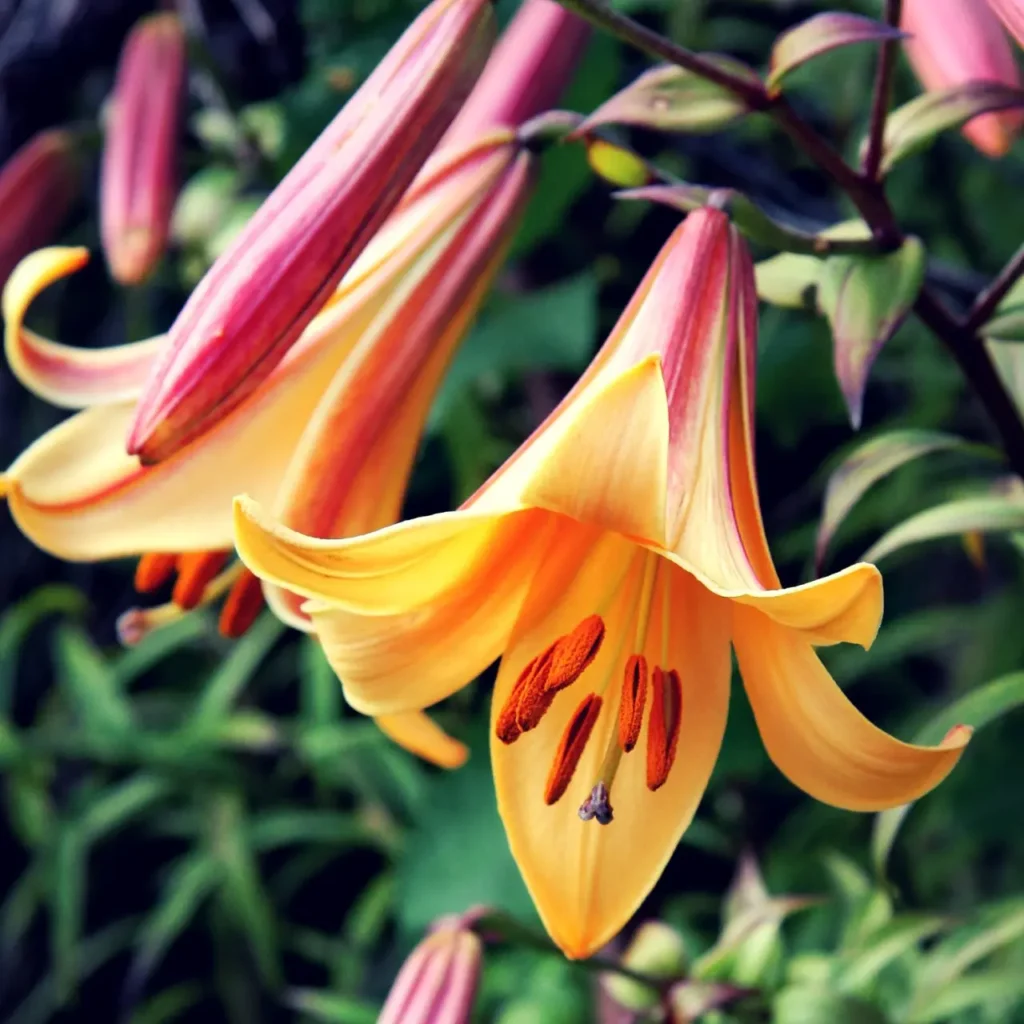
An Exquisite Floral Symphony
Trumpet lilies, also known as Aurelian lilies, belong to the Lilium genus and are renowned for their large, trumpet-shaped flowers. These magnificent blooms can reach impressive heights, often standing between three to six feet tall, commanding attention with their vibrant colors and graceful form. Available in a range of shades including white, yellow, pink, orange, and even bi-colored varieties, trumpet lilies create a captivating floral symphony in the garden.
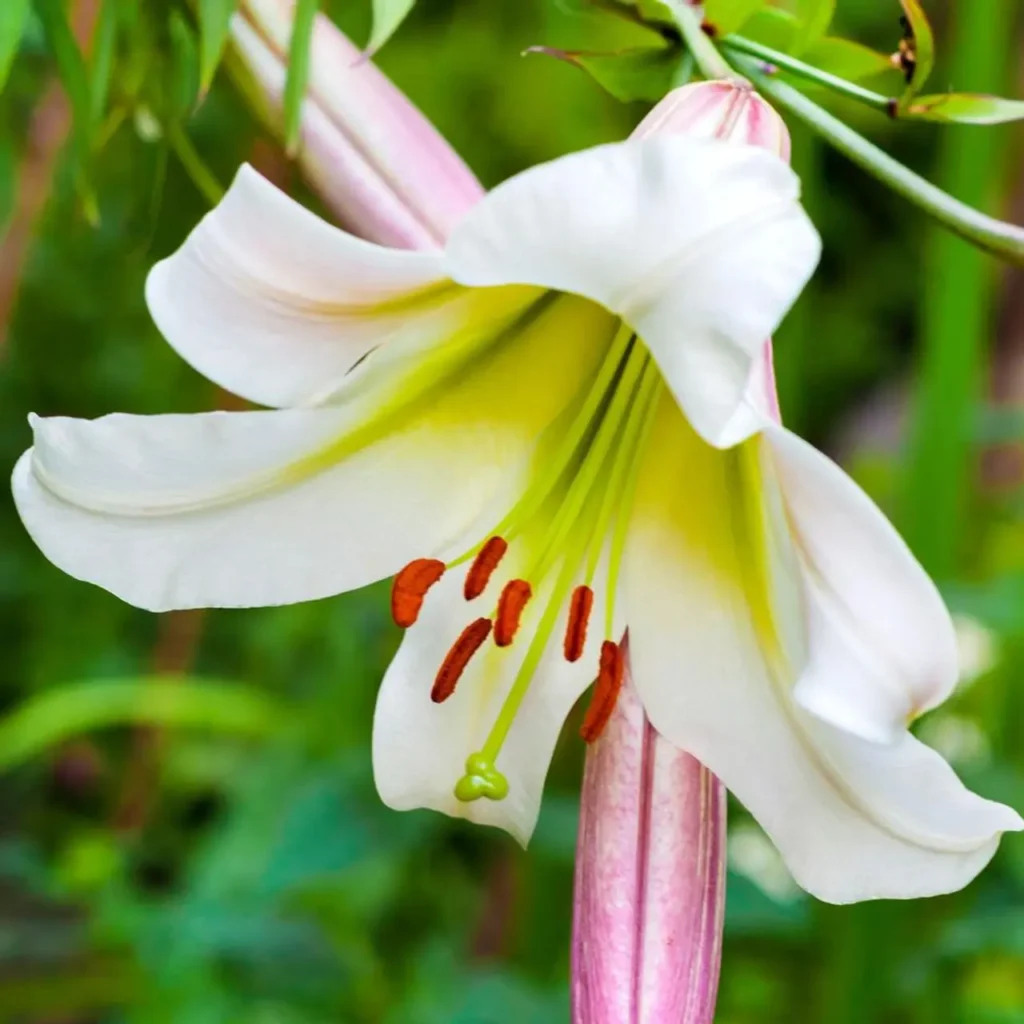
Elegance and Fragrance
The allure of trumpet lilies extends beyond their visual appeal. Many varieties exude a delightful fragrance that fills the air, making them not only a feast for the eyes but also a treat for the senses. The intoxicating scent of these blooms adds an extra layer of enchantment to any garden or floral arrangement, creating a truly immersive experience.
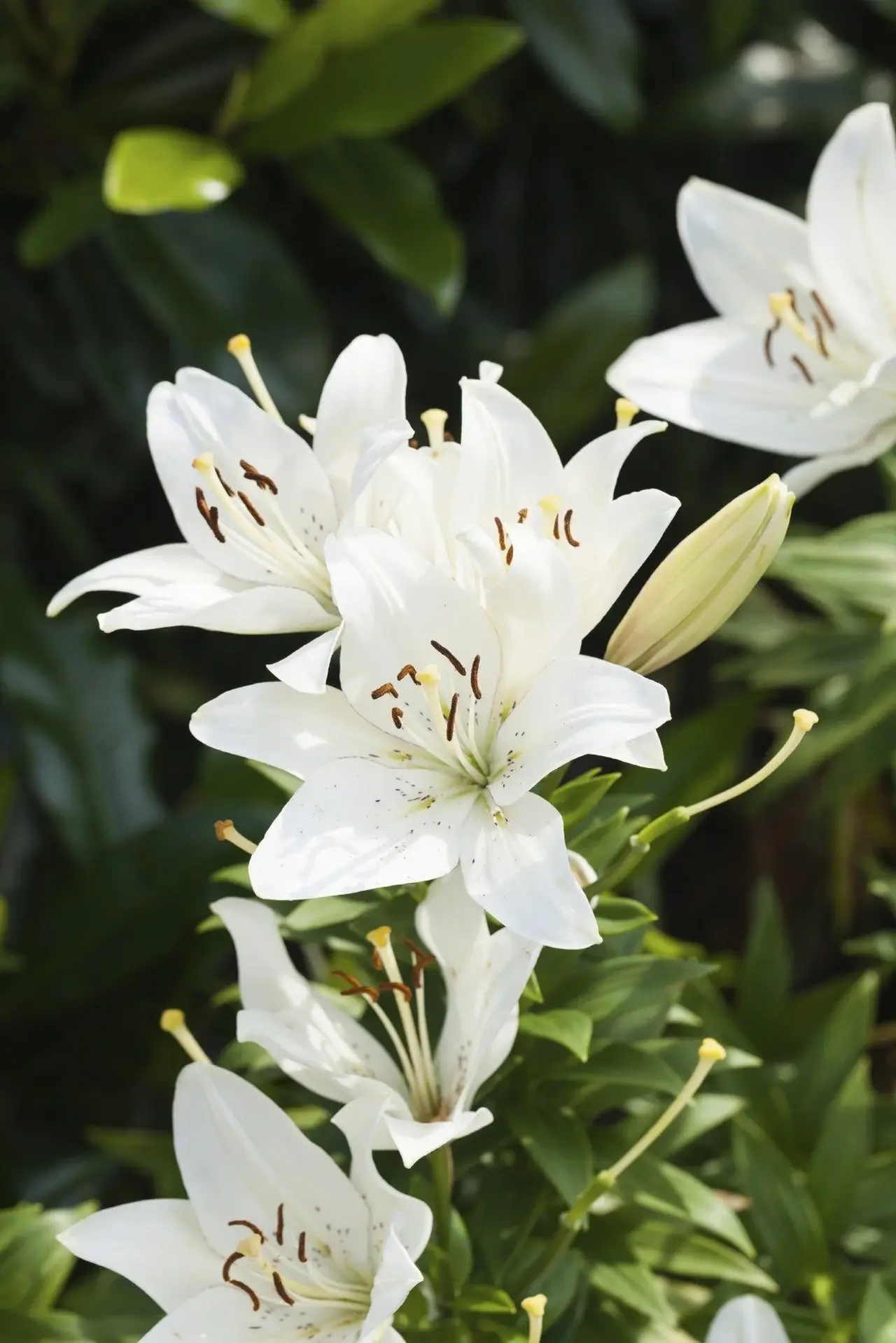
Growing and Cultivation
Trumpet lilies are surprisingly easy to grow and can be a rewarding addition to any garden. Here are some essential tips for successful cultivation:
- Location: Trumpet lilies thrive in areas with full sun to partial shade. Choose a well-drained location that receives at least six hours of direct sunlight each day.
- Soil: These lilies prefer fertile, loamy soil with good drainage. Add organic matter such as compost or well-rotted manure to improve soil quality.
- Planting: Plant trumpet lily bulbs in the fall, ideally about six to eight inches deep and 12 to 18 inches apart. Ensure that the pointed end of the bulb faces upwards.
- Watering: Provide regular watering to keep the soil consistently moist but not waterlogged. Mulching can help retain moisture and regulate soil temperature.
- Support: Due to their tall stature, trumpet lilies may require support to prevent them from bending or toppling over. Stake the stems or use plant supports to provide necessary stability.
- Maintenance: Remove spent blooms and yellowing foliage to maintain the plant’s appearance and encourage healthy growth. Applying a balanced fertilizer in the spring can help promote robust flowering.
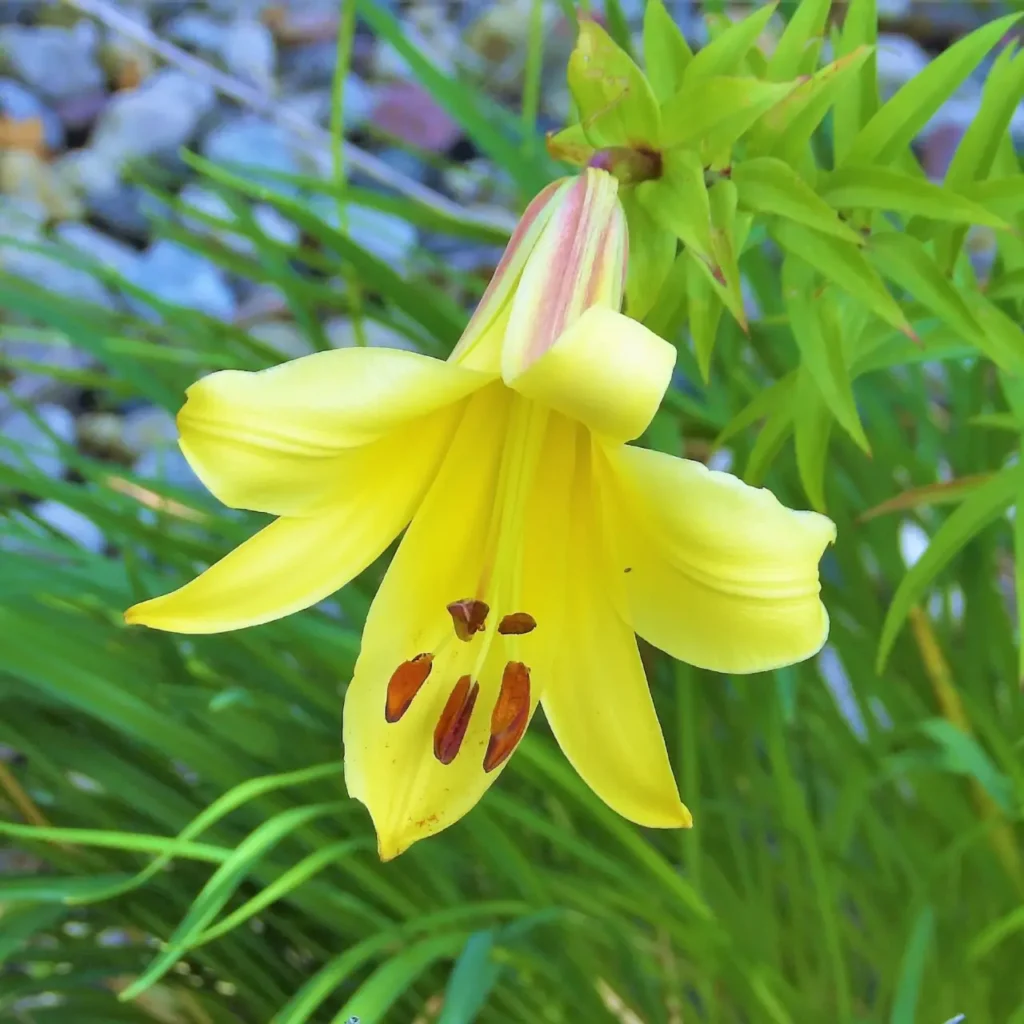
The Magnificent Blooming Display
The blooming season of trumpet lilies typically occurs in mid to late summer, filling the garden with their resplendent beauty. Each stem can bear multiple flowers, adding to the overall impact. The trumpet-shaped blossoms, often measuring six to eight inches in diameter, make a dramatic statement with their radiant colors and intricate patterns. These exquisite flowers are also a favorite among pollinators, attracting bees, butterflies, and hummingbirds to the garden.
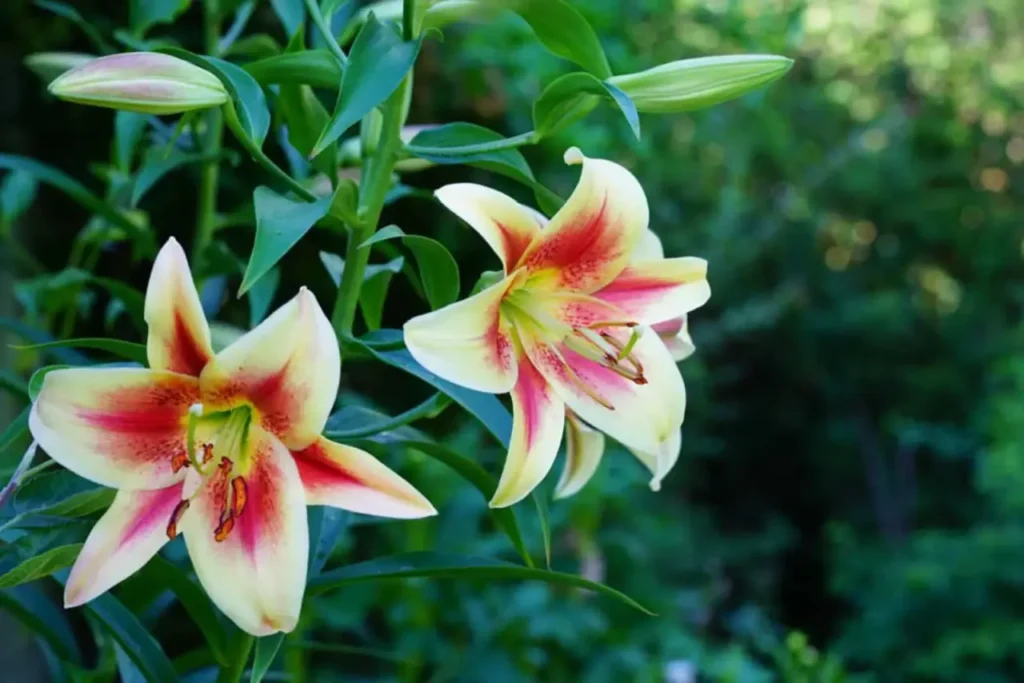
Versatility in Garden Design
Trumpet lilies are incredibly versatile and can be used in various garden design schemes. Plant them in borders, mixed perennial beds, or as focal points in large containers. Their vertical presence adds height and drama to any landscape, creating eye-catching displays that are sure to impress.
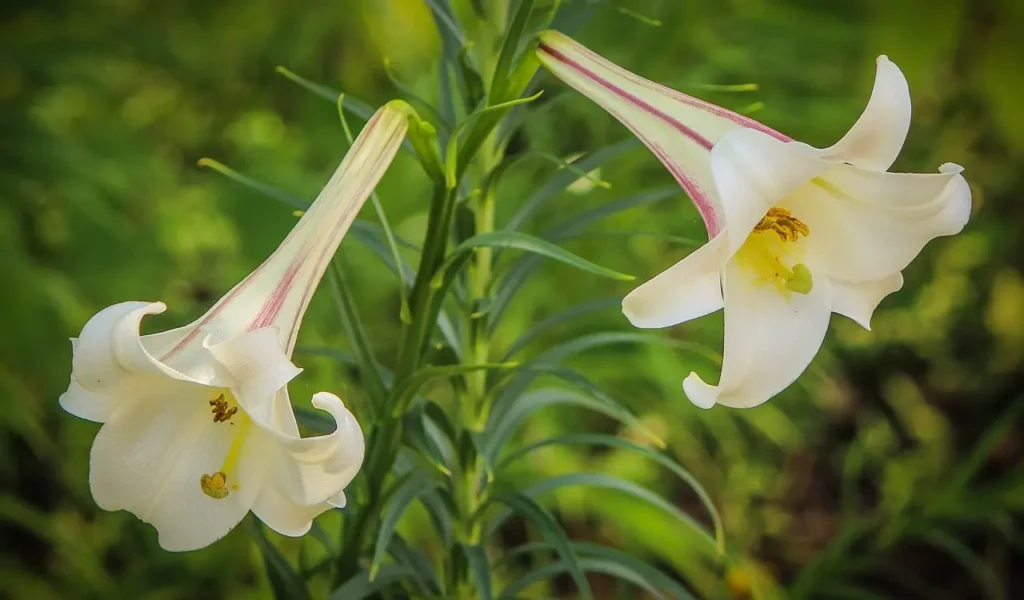
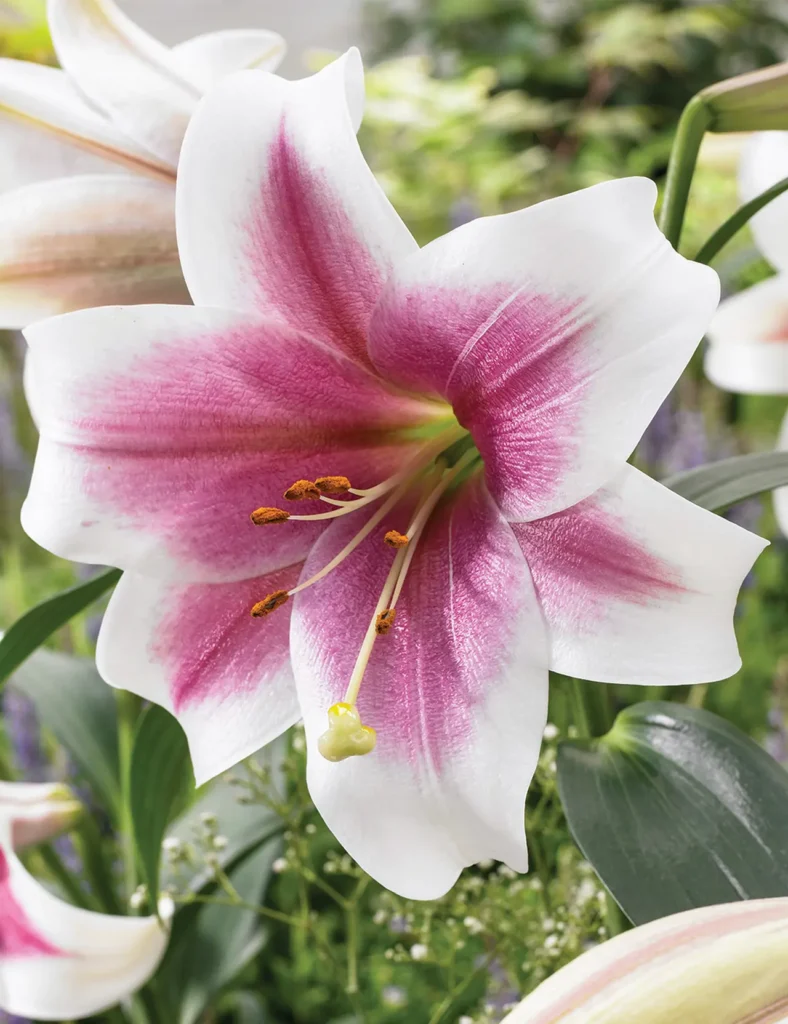

With their impressive height, captivating colors, and alluring fragrance, trumpet lilies are truly majestic additions to any garden. These elegant flowers effortlessly steal the spotlight, becoming the focal point of attention and inviting admiration from all who encounter them. By following proper cultivation techniques, these beauties will reward gardeners with an annual display of breathtaking blooms, enhancing the visual and olfactory appeal of outdoor spaces. Embrace the enchantment of trumpet lilies and bring a touch of grandeur to your garden.








